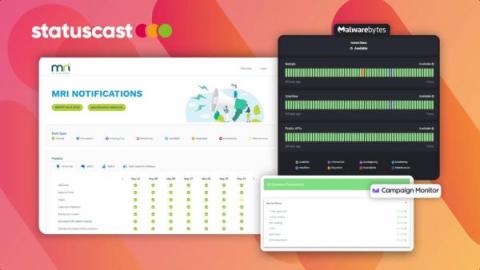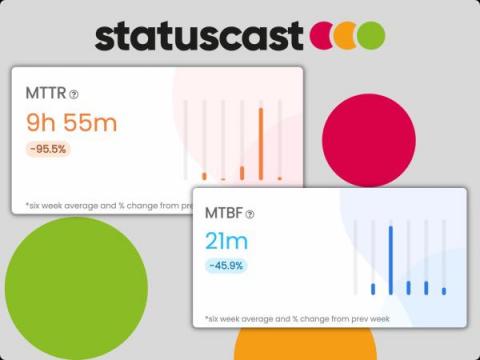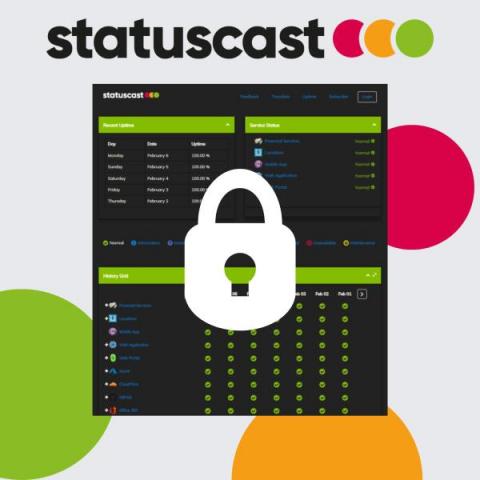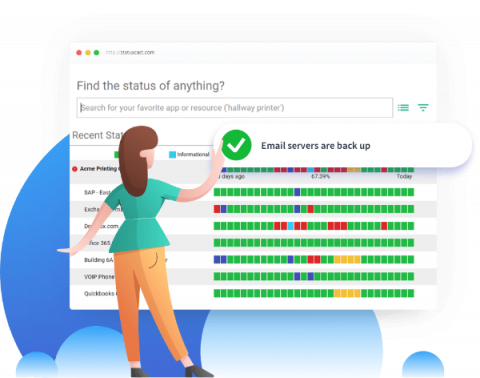Limitless Status Page Customization - Unlocked
Maintaining a comprehensive and engaging status page is the cornerstone of an effective incident communication strategy, yet too many companies limit themselves in this respect. Some rely on an assortment of disjointed application monitoring and manual incident notifications, while others look to the cheapest status page they can find.







